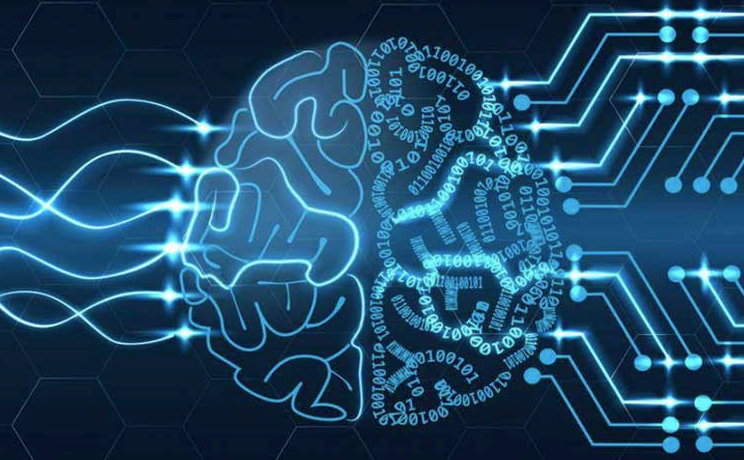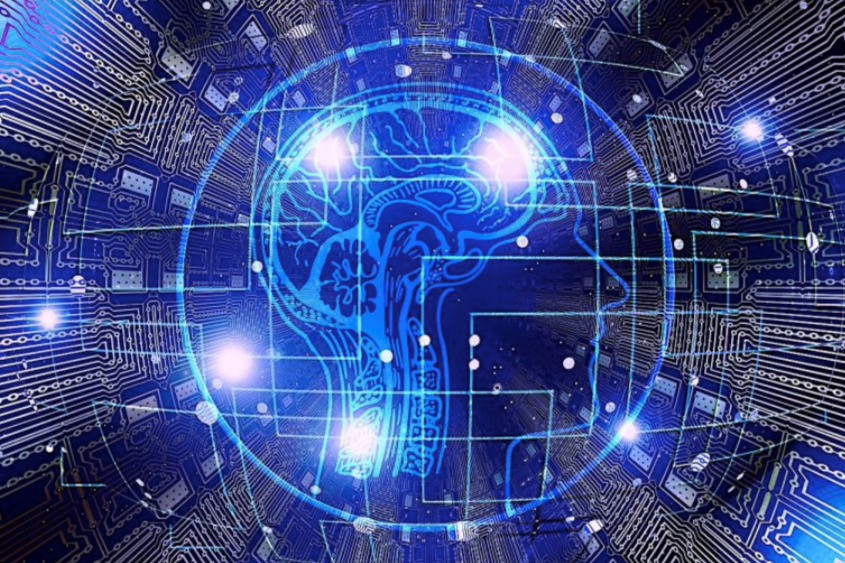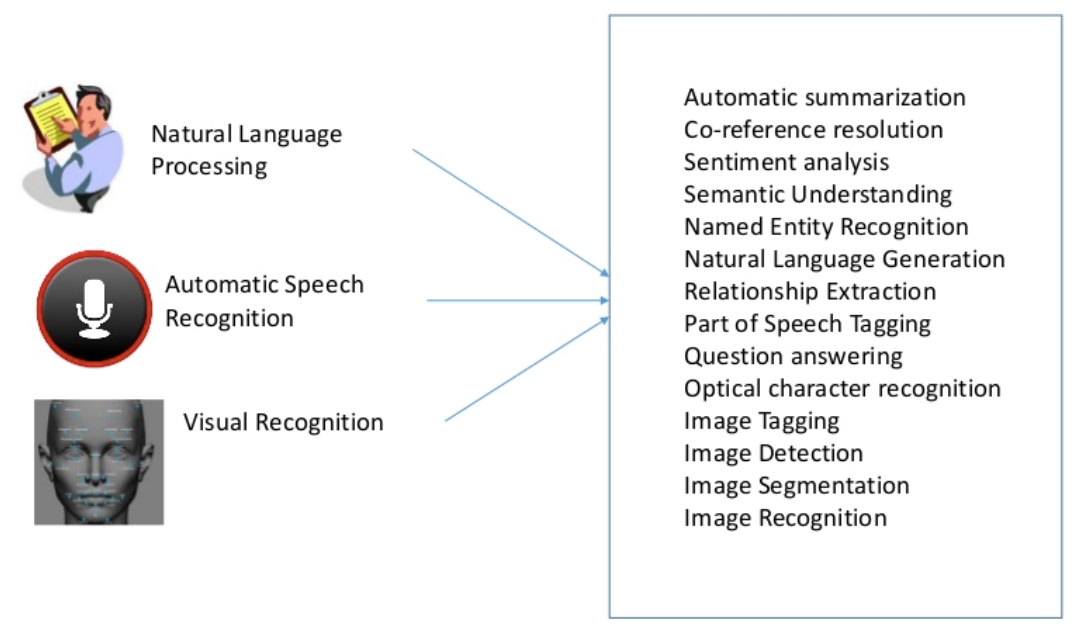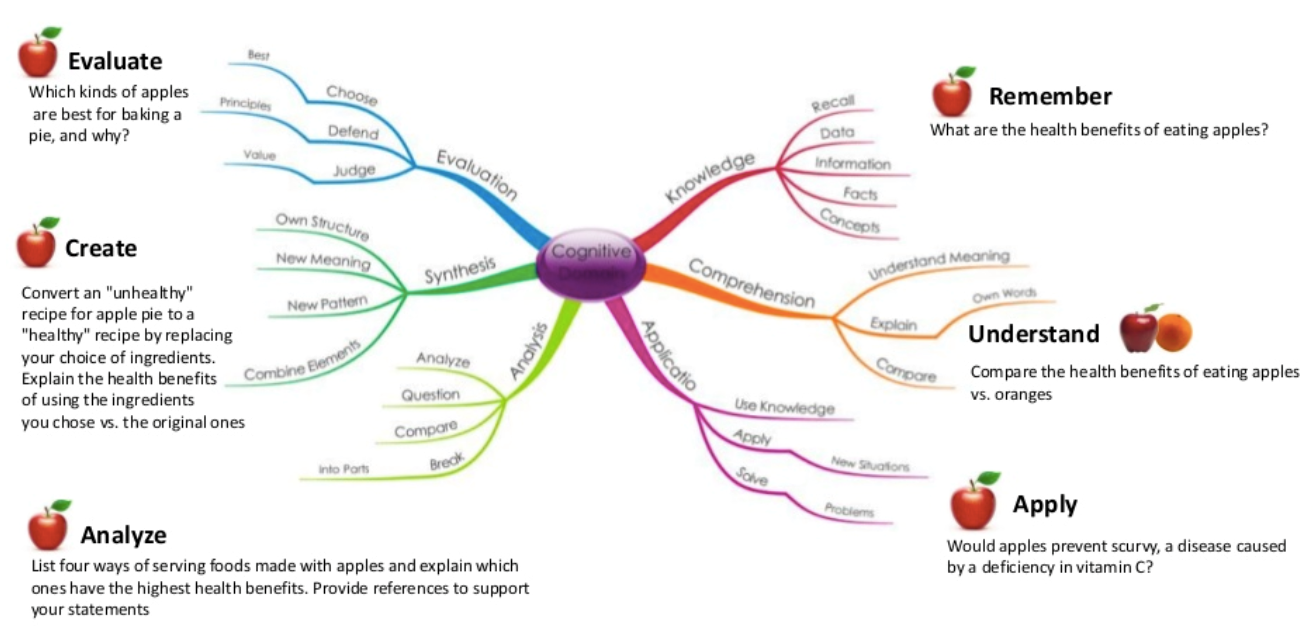Cognitive AI…Simplified!

Cognitive AI…Simplified!
During few recent interactions with AI startups and advisors the term “Cognitive computing” was used and often used as an alternate term for AI. Let me tell you that the nuances of both these terms are as similar to the difference between data analysis and data analytics. While data analysis refers to the process of compiling and actually analyzing data to gain meaningful insights to support decision making, whereas data analytics is a superset that includes the tools and techniques use to do so.
Similarly, Cognitive AI adds sentiment analysis, contextual references to understand, identify and mine the data, such as syntax, time, location, domain, business requirements, a specific user need, tasks or goals and combinations thereof mimicking human cognition over and above the AI we know. Cognitive IA may draw inferences from multiple data models, external sources of information, including structured and unstructured data and visual, auditory or machine data, metadata like we the humans do.
Cognitive means relating to the mental process involved in knowing,learning, and understanding things.
This sets the cognitive AI (Read, cognitive computing) apart from the AI as understanding context is critical in the thought processes. Another critical component is Human-Computer Interaction (Read, HCI) wherein cognitive system must support user’s interaction with the cognitive machines, devices and platforms and be able to define the needs dynamically based on the outcomes, information changes and goals evolve allowing complete flexibility of runtime calibrations with such data, device and environmental changes. So, we can say that both AI and cognitive computing are closely similar, yet they differ in their approach towards interaction with humans. Cognitive computing is designed to solve problems by thinking, reasoning, and remembering whereas native AI aims to get you direct result with improved accuracy.
Simply put, a cognitive system that aims to simulate human thought, behavior, reasoning and emulate the human responses, etc aiming to solve complex problems in a manner similar to the way humans would solve them, thus is an outgrowth of artificial intelligence. In future it is envisaged that Cognitive AI will take the interaction between computer systems and humans to next level as a flawless natural communication between two using the human cognitions as base reference and human senses as channels of communicating with each other wherein Cognitive Systems do not focus on the computer taking over all tasks, but rather on aiding humans in completing tasks with more precision, faster, and in more complex and agile ways than ever before.
Background

The first meaningful reference of Cognitive Computing dates back to the late 19th century, George Boole the professor of mathematics in his book The Laws of Thought mentioning ..
“There exist, indeed, certain general principles founded in the very nature of language, by which the use of symbols, which are but the elements of scientific language, is determined. To a certain extent these elements are arbitrary. Their interpretation is purely conventional: we are permitted to employ them in whatever sense we please. But this permission is limited by two indispensable conditions, first, that from the sense once conventionally established we never, in the same process of reasoning, depart; secondly, that the laws by which the process is conducted be founded exclusively upon the above fixed sense or meaning of the symbols employed”
The history of philosophy and logic which is basis for artificial device / system epitome is said to be traditionally based on laws of thought are fundamental axiomatic rules upon which rational discourse itself is often considered to be based, essentially from the basic set of three rules one of which is law of non-contradiction, a meta rule that even has few solid references from ancient Indian Shrauta Sutras, in the grammar of Pāṇini and also the Brahma Sutras attributed to Vyasa, this indeed was later elaborated on by medieval commentators such as Madhvacharya.
Even the Greek mythologists imagined such artificial devices as Hephaestus’ bronze robot Talos, automatons of Hero of Alexandria, and the carved ivory statue Galatea that came to life in Ovid’s retelling of Pygmalion, Such grand creations have long been the purview of human imagination, but only in the past 30-40 years (with the last decade being of great importance) has the reality of Cognitive Computing started to manifest in our daily affairs…
Key Technology Drivers ...
In a high level view, Cognitive computing integrates the idea of a neural network, a series of events and experiences which the cognitive system organizes to make human like decisions since neural networks mimic the behavior of the human brain building up an understanding of what objects ( Read, Voice, video or just metadata) look or sound like.
While we can try and forge a generic architecture for cognitive computing, Implementation of such an architecture requires an advanced computing platform with multiple frameworks and data models that comply following tenets...
- Infrastructure for data cleaning, transformations, and fusion;
- A set of both deterministic and probabilistic algorithms for computing analytics;
- A learning component powered by a domain cognitive model;
- An array of machine learning frameworks for hypothesis generation, evidence gathering, and scoring hypotheses; and,
- A high-performance computing platform with scalability, performance, and agility.
A number of AI technologies are required for a Cognitive system to build cognitive models that mimic human thought processes, including machine learning, deep learning, neural networks, NLP and sentiment analysis. Few usecases driven by Cognitive AI, that deploy differentiated AI technologies, and provide near human experiences with in-human abilities of scale and variance are illustrated below..

The term Multiplicity is coined around to illustrate that both Humans and Machines (Read, Cognitive AI) work together thus Multiplicity as stated is a realistic, inclusive alternative to Singularity in which systems of diverse combinations of humans and machines work together to innovate and respond rapidly to complex problems. It is just about the potential of Cognitive AI to actually enhance unique human abilities such as judgment, empathy, creativity etc. With such AI driven autonomous cognitive processes becoming more scalable, original and diverse ideas will create competitive advantages. By building diverse teams through a combination of workers and machines, the number of new cognitive skills will be multiplied, increasing the ability to turn a problem around, look at it from different directions, and deploy different skills to find creative solutions.
Key Characteristics of human resemblance.
The key Characteristic that could help understand Cognitive Systems relation with humans is best described via the four human abilities.
- Sense - Until the last few years, systems have been very poor at doing what humans do with ease, i.e. scanning the environment around them and understanding the context and build responses around that context.
- Think – The cognitive technologies use machine learning and deep learning techniques to analyze the context gleaned during the ‘sense’ phase to understand and characterize normal behavior and build the dynamic models that are iterative and cyclic. These are used to predict future system behavior under expected and anomalous conditions as well as produce actionable insights and recommendations.
- Act – post the ‘Think’ phase once the system builds some insights or contracts it needs to drive an outcome or reaction that corrects things, suggests changes accordingly.
- Learn – The ‘Act’ phase triggers automated learning cycle that provides opportunities able to continuously refine their knowledge and algorithmic models based on the real-world outcomes from them. Like people, cognitive systems need to be designed to learn from experience and the explicit training and observational self-learning, making it more robust and accurate over its predications even finetuning the ontology or data models.
The cerebral cortex of human is divided into two hemispheres that have different functions. As for most people, the left brain is responsible for language, ideas, logic, etc. While the right brain is responsible for visual thinking and emotions. People with a developed left brain usually bear strong logicality and are more rational (e.g., scientist). While people with a developed right brain usually have strong creativity, are good at cognition on space and object shapes (e.g., artist). Now the key streams from AI that converge these abilities according to different abstraction in content of thinking, the method for human to recognize the natural world is often orchestrated via deep learning, neural networks, NLP, data analytics and data modelling etc

Limitations..
Even as more and more proof points emerge for adoption and popularity of the cognitive systems, there are experiences that are exposing few limitations of cognitive AI maturity, these are not the showstoppers but do influence the ecosystems adversely.
- Limited analysis of risk - The cognitive systems yet to mature at analyzing the risk which is missing in the unstructured data or metadata. This includes socio-economic factors, culture, political environments, and people. For example, a predictive model discovers a location for oil exploration. But if the country is undergoing a change in government, the cognitive model should take this factor into consideration. Thus human intervention is necessary for complete risk analysis and final decision making.
- The training process – first time initiation of the cognitive systems needs peculiar training data to completely understand the process and improve. The laborious process of training cognitive systems with available data sets, biased algorithms is most likely the reason for its slow adoption. Moreover, the complex and expensive process of using cognitive systems makes it even worse.
- Human intelligence augmentation rather than artificial intelligence - The scope of present cognitive technology is limited to engagement and decision. Cognitive computing systems are most effective as assistants which are more like intelligence augmentation instead of artificial intelligence. It supplements human thinking and analysis but depends on humans to take the critical decisions.
- Data Privacy & Polarity - Access to data is easy and vulnerable for organizations, so measures should be taken to safeguard the right to privacy and ensure the containment of data models having PII data within the subset of the need. The data polarization in the training phase will emerge as a major bottleneck as the context of data from region, geolocation and cultures is complex and misleading the matured cognitive systems at times.
In Summary, though comparatively new, the applications of cognitive technologies is gaining a widespread popularity in recent years owing to their performance and effectiveness deploying common usecases. Cognitive computing is definitely the next step in computing started by automation. It sets a benchmark for computing systems to reach the level of the human brain. But it has some limitations which make AI difficult to apply in situations with a high level of uncertainty, rapid change or creative demands.
Cognitive computing systems redefine the nature of the relationship between people and their increasingly pervasive digital environment. The boundaries of the processes and domains these systems will affect are still elastic and emergent. Their output may be prescriptive, suggestive, instructive, or simply entertaining. The complexity of problem grows with the number of data sources and it remains challenging to aggregate, integrate and analyze such unstructured data. A complex cognitive solution in future will integrate many emerging AI technologies that coexist to give deep domain insights and aligned with the principle of Multiplicity. As long as everything is controlled and extreme measures have been taken, the release of Cognitive machines would be safe and eligible to release for public consumption. If the machine can break out of its code and its parameters, humanity will be threatened. What Say!